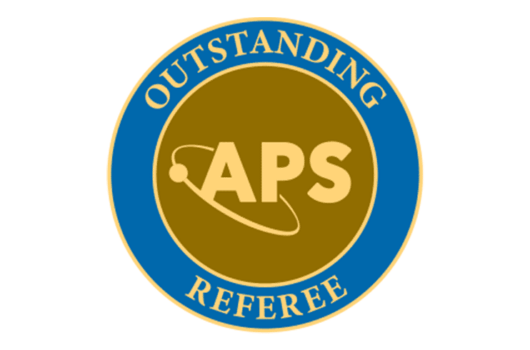From SNe to SNRs: Hunting Legacies of Supernova Explosions in Supernova Remnants
From SNe to SNRs: Hunting Legacies of Supernova Explosions in Supernova Remnants
Please contact lukas.graf@berkeley.edu or jeffberryman@berkeley.edu for zoom links.
Progress of theories for core-collapse supernovae is remarkable, including developments of multi-dimensional hydro simulations. Observational confirmations are mandatory to understand the explosion mechanism of core-collapse supernovae completely. Direct observations will be done by neutrinos and gravitational waves for a future supernova that will happen in Milky Way or very nearby galaxies. Such a nearby supernova should occur in the future, but the supernova rate is roughly 1 event per century per galaxy. The youngest supernova found in Milky Way is Cassiopeia A, whose age is about 350 yrs old. The youngest supernova in Large Magellanic Cloud is SN1987A which is 35 yrs old. Therefore, we cannot predict when the next nearby supernova will happen. In this talk, I would like to present our unique approach to finding observational evidence of the explosion mechanism of core-collapse supernovae in young supernova remnants. We did 3-dimensional hydro simulations that covered from supernova explosion phase to the supernova remnant phase. Such multi-D simulations with a wide range of scales (in time and length) have never been done before. We could demonstrate that such simulations are possible thanks to excellent international collaborations. This talk will mainly present a detailed comparison between our simulations and SN1987A. I will shortly show that such comparison is meaningful for Cassiopeia A and Type Ia supernova remnants, too.




